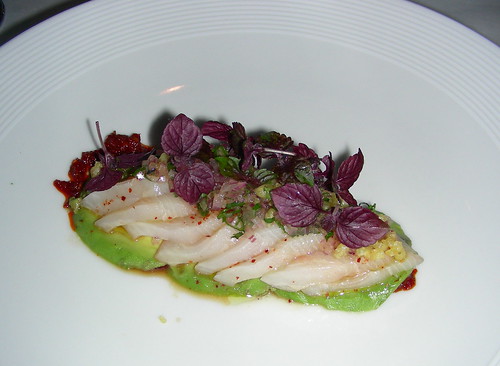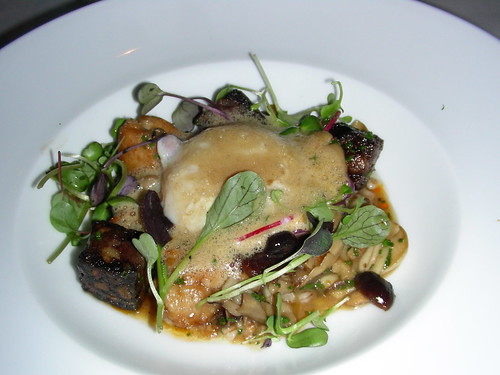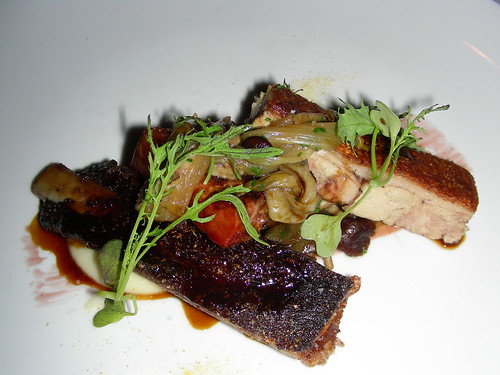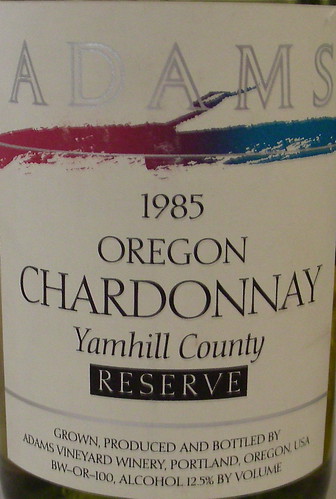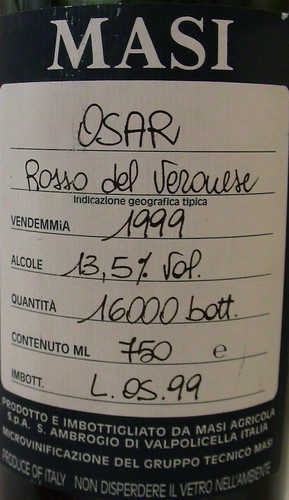In California, for instance, it is still hard to predict the effects of climate change on Napa Valley wines. However, “there is a fifteenfold difference in the price of cabernet sauvignon grapes that are grown in Napa Valley and cabernet sauvignon grapes grown in Fresno in California's hot Central Valley,” says Kim Cahill, a consultant to the Napa Valley Vintners' Association. “Cabernet grapes grown in Napa sold in 2006 for $4,100 a ton. In Fresno the price was $260 a ton. The difference in average temperature between Napa and Fresno was 5 degrees Fahrenheit.”
Some winemakers are actually very happy with the current situation. Pancho Campo, the founder and president of the Wine Academy of Spain, explains: “some of the most expensive wines in Spain come from the Rioja Alta and Rioja Alavesa regions. They are getting almost perfect ripeness every year now for Tempranillo. This makes the winemakers say, 'Who cares about climate change? We are getting perfect vintages.' The same thing has happened in Bordeaux.”

The Rioja Alavesa Wine Region from OenoSpeak - A sommeliers journal
But in Burgundy, “producers are very concerned, because they know that chardonnay and pinot noir are cool-weather wines, and climate change is bringing totally the contrary. Some of the producers were even considering starting to study Syrah and other varieties. At the moment, they are not allowed to plant other grapes, but these are questions people are asking.”
The wine industry doesn't seem to be ready to adapt to climate change and this is worrisome because the industry has much incentive to act. “If winemakers aren't motivated to adapt to climate change, what businesses will be?” asks Hertsgaard. And he concludes, quoting Darwin: “it is not the strongest of the species that survives, nor the most intelligent that survives. It is the one that is the most adaptable to change.”
The full article is here.
Technorati tags: wine food & drink
